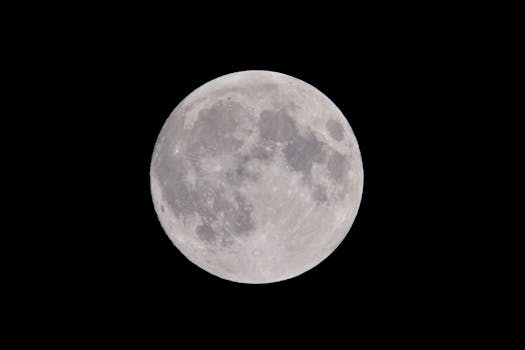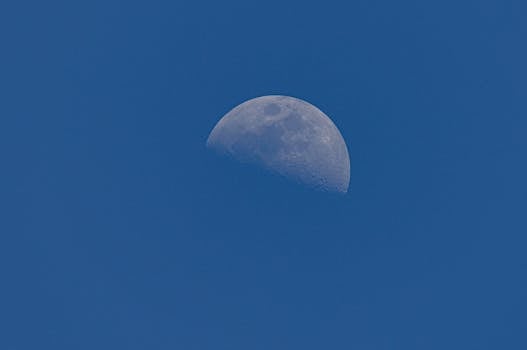High-Tech Horizons: The Evolution of Earth-Orbiting Technologies for Observation
High-Tech Horizons: The Evolution of Earth-Orbiting Technologies for Observation has been a rapidly advancing field in recent years, with significant improvements in satellite technology, remote sensing, and data analysis. The ability to observe the Earth from space has revolutionized our understanding of the planet and its complex systems, enabling us to monitor and predict weather patterns, track climate change, and manage natural resources more effectively.
The history of earth-orbiting technologies dates back to the 1960s, when the first satellites were launched into space. These early satellites were primarily used for communication and navigation purposes, but they also paved the way for the development of more advanced observation technologies. In the 1970s and 1980s, satellites like Landsat and SPOT were launched, which were specifically designed for remote sensing and earth observation.
The Evolution of Satellite Technology

Over the years, satellite technology has undergone significant advancements, with improvements in sensor design, data transmission, and processing power. Modern satellites are equipped with high-resolution sensors that can capture detailed images of the Earth’s surface, as well as advanced radar and lidar systems that can penetrate clouds and vegetation. These technologies have enabled us to monitor the Earth’s surface with unprecedented accuracy, tracking changes in land use, deforestation, and ocean health.
One of the most significant advancements in satellite technology has been the development of constellations, which involve launching multiple satellites into orbit to provide continuous coverage of the Earth’s surface. Constellations like Planet Labs and DigitalGlobe have enabled us to monitor the Earth in near-real-time, providing valuable insights into weather patterns, crop health, and urban development.
Applications of Earth-Orbiting Technologies

The applications of earth-orbiting technologies are diverse and far-reaching, with significant impacts on fields like agriculture, forestry, and disaster response. Satellite data is used to monitor crop health, predict yields, and optimize irrigation systems, enabling farmers to make more informed decisions about their crops. In forestry, satellite data is used to track deforestation, monitor forest health, and predict wildfire risk, enabling conservation efforts to be more effective.
In disaster response, earth-orbiting technologies play a critical role in providing situational awareness and damage assessments. Satellite data is used to track the spread of wildfires, monitor floodwaters, and assess damage to infrastructure, enabling emergency responders to prioritize their efforts and allocate resources more effectively.
Future Directions

As earth-orbiting technologies continue to evolve, we can expect to see significant advancements in areas like artificial intelligence, machine learning, and data analytics. The integration of these technologies will enable us to extract more insights from satellite data, automate processing and analysis, and provide more accurate predictions and forecasts.
One of the most exciting developments on the horizon is the emergence of small satellite constellations, which involve launching large numbers of small satellites into orbit to provide high-resolution imagery and data. These constellations have the potential to revolutionize the field of earth observation, enabling us to monitor the Earth’s surface with unprecedented accuracy and frequency.
In conclusion, High-Tech Horizons: The Evolution of Earth-Orbiting Technologies for Observation has been a rapidly advancing field, with significant improvements in satellite technology, remote sensing, and data analysis. As these technologies continue to evolve, we can expect to see significant advancements in areas like artificial intelligence, machine learning, and data analytics, enabling us to extract more insights from satellite data and make more informed decisions about our planet.
See more:
